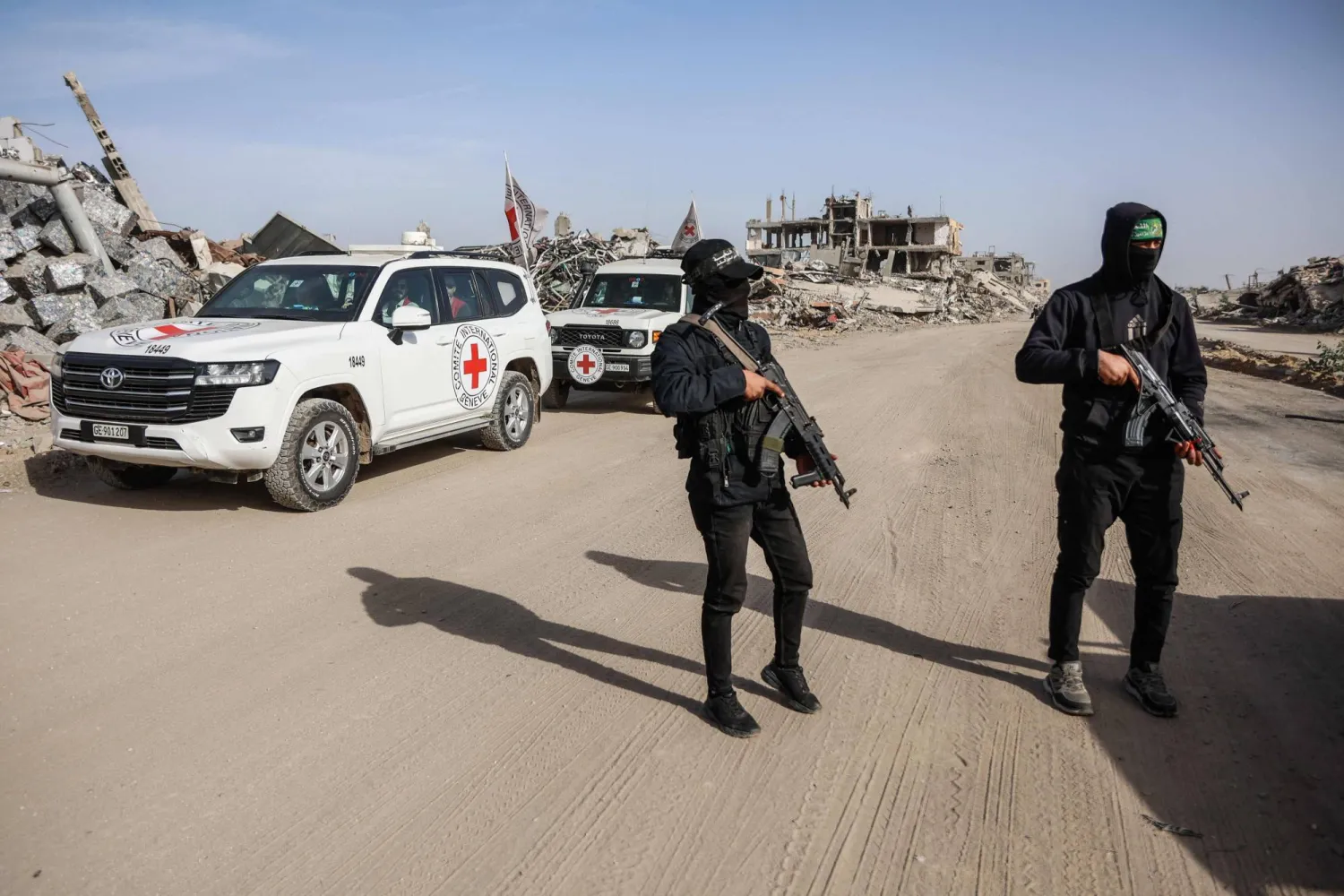The US Treasury Department said on Friday it imposed sanctions on four Hamas members based in Gaza, including Abu Ubaida, the spokesman for the Izz al-Din al-Qassam Brigades (al-Qassam Brigades).
The Department said the action, taken by its Office of Foreign Assets Control (OFAC), disrupted Hamas’ ability to conduct further attacks, including through cyber warfare and the production of UAVs.
The European Union (EU) is simultaneously imposing sanctions targeting Hamas, the department said in a statement.
“Treasury, in coordination with our allies and partners, will continue to target Hamas’ facilitation networks wherever they operate, including in the cyber domain,” Brian Nelson, Treasury under secretary for terrorism and Financial intelligence said, referring to unmanned aerial vehicles.
The US sanctions targeted Hudhayfa Samir ‘Abdallah al-Kahlut (al-Kahlut) also known as “Abu Ubaida” who has been the spokesman for al-Qassam Brigades, the military wing of Hamas in Gaza, since at least 2007, the department said.
The sanctions also targeted William Abu Shanab (Abu Shanab), commander of the Lebanon-based al-Shimali unit, Baraa Hasan Farhat (Farhat) assistant to Abu Shanab, the commander of the al-Shimali unit, and Khalil Muhammad Azzam (Azzam), an intelligence official.
Meanwhile in Brussels, the EU on Friday imposed sanctions on the armed wings of Hamas and Islamic Jihad for “widespread” sexual violence during the October 7 attacks on Israel, according to AFP.
The bloc said fighters from the two Palestinian groups -- already on the EU's terrorism blacklist – “committed widespread sexual and gender-based violence in a systematic manner, using it as a weapon of war.”
The decision to impose the sanctions was part of an agreement among EU states that will now see the bloc blacklist violent Israeli settlers in the West Bank.
Hamas's unprecedented attack against Israel on October 7 resulted in the deaths of 1,170 people, mostly civilians, according to Israeli figures, and unleashed the war in Gaza.
The EU said that the abuses by Hamas fighters included "the rape and subsequent murder of female minors, mutilation of corpses as well as genital mutilation.”
It also accused the assailants of the “targeted abduction of women and girls.”









